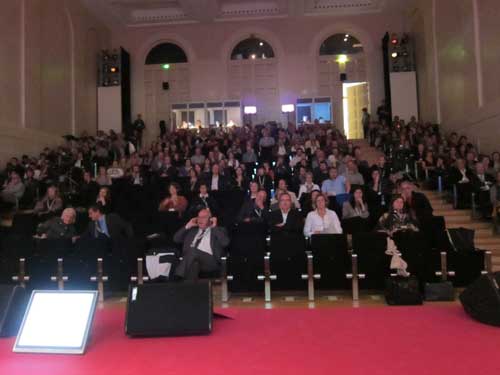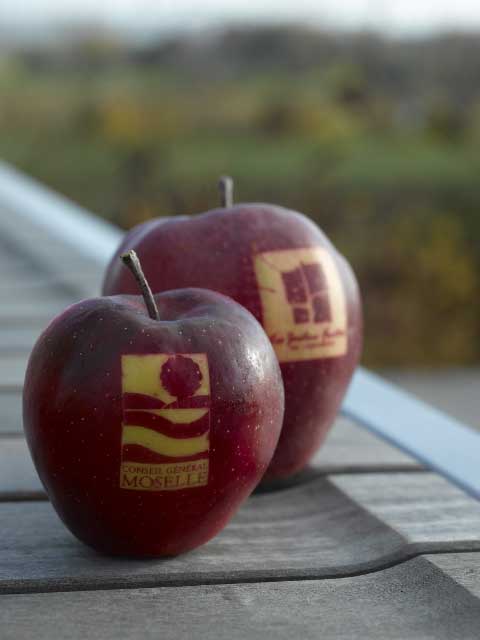
I spoke about “Gardening the City: Networking Small Green Spaces” at the Jardins y Publics conference last week in Metz, France. The conference brings together world leaders in botanic gardens, garden design, local governments, and tourism. It is organized by Pascal Garbe and the Conseil Général of Moselle, with support from the European Union.
The conference exceeded my imagination in terms of discussing new publics for gardens: the disabled, children, seniors, and refugees. I appreciated the outward focus beyond the walls of the garden, and the attendees were very interested to hear about Tokyo street gardens and urban wildness.
One of the most interesting and discussed talks was by Fritz Haeg, who has turned American lawns into vegetable gardens and received much attention from contemporary art museums. I am interested to read his book about this project, called Edible Estates.
Other speakers included leaders of the Barcelona, Singapore, New York and Montreal botanic gardens, Scandinavian garden designers, nonprofit community organizers, health advocates, and promoters of private gardens. Attendees included local government officials and landscape design students from this interesting area along the French, German and Luxembourg border.
The conference was an amazing experience. Further highlights included visiting the Jardins Fruitiers de Laquenexy, and the Centre Pompidou-Metz. Metz itself is a charming town divided between a historic French city around a very steep cathedral, and a German city built around the train station.


